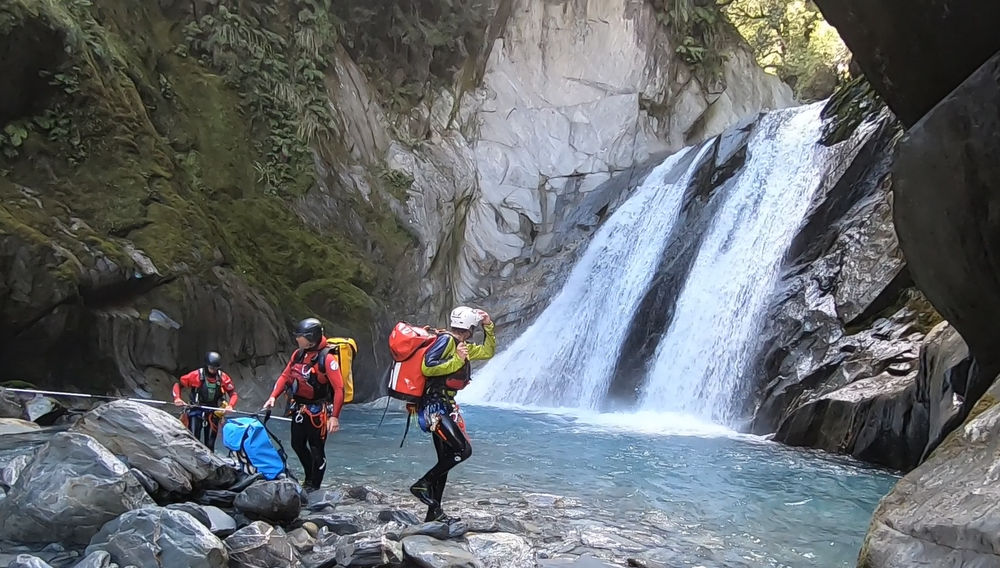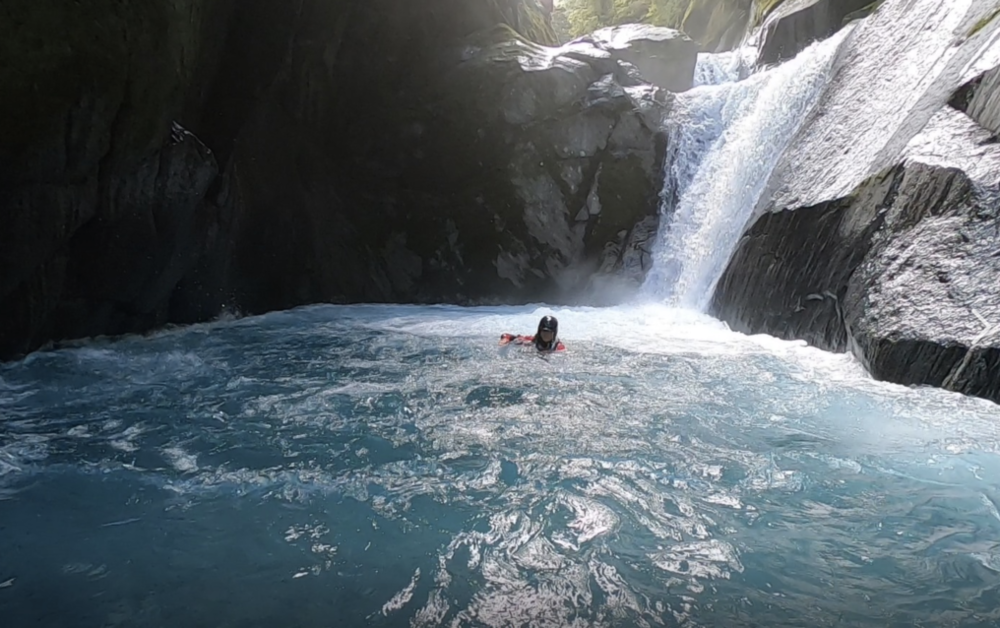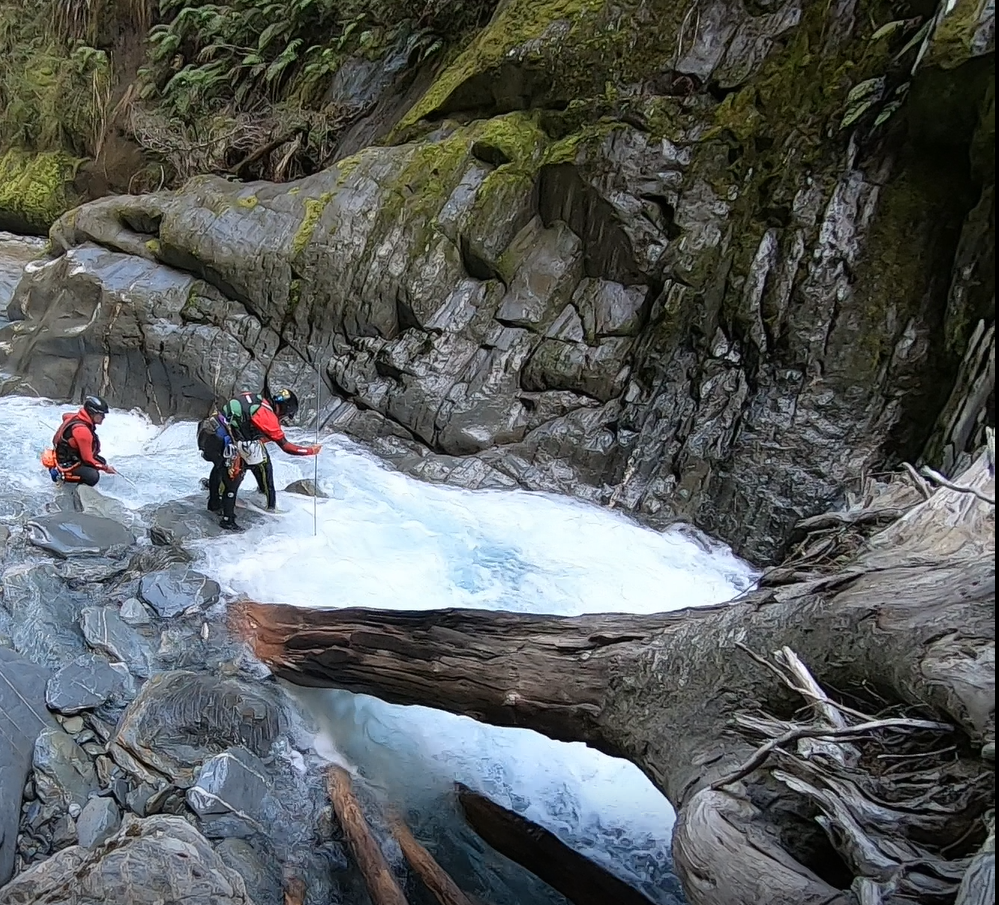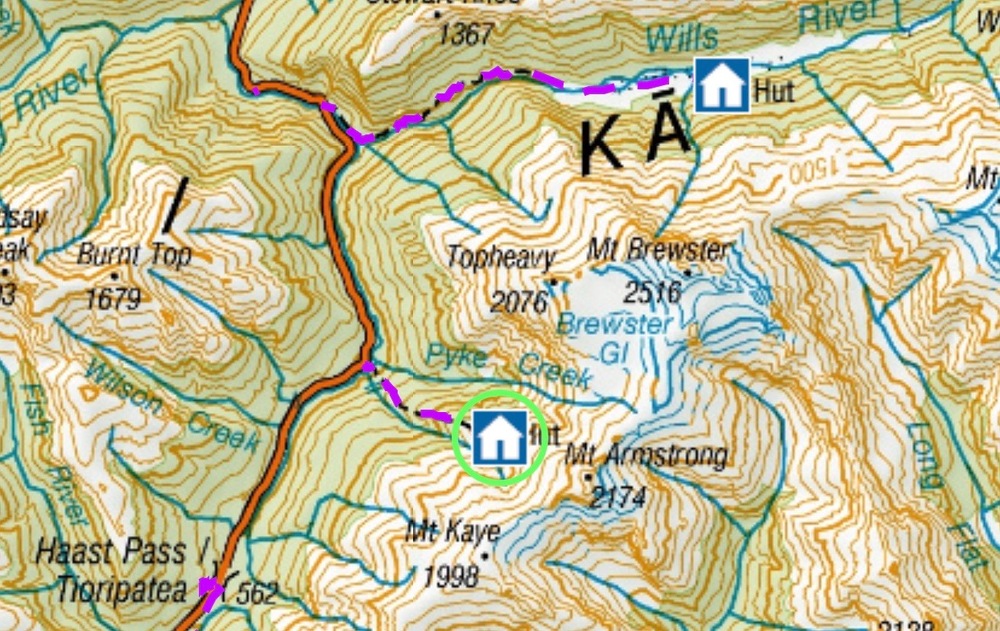The search for Stephanie
Sue Wards
15 February 2020, 2:43 AM
 Stephanie Simpson PHOTO: Supplied
Stephanie Simpson PHOTO: SuppliedIn a month of frequent search and rescue call outs in Mt Aspiring National Park, the most recent search concluded yesterday (Friday February 14) when the body of 32-year-old Stephanie Simpson of Wanaka (formerly the UK) was found.
February began with the rescue of nine people from the Brewster Hut area, and within a few days the bodies of two trampers were discovered in the Makarora River. Stephanie was reported missing on Monday (February 10) after she failed to arrive at work.
She had told friends she planned to hike to Brewster Hut (an advanced six to eight hour round trip), then go on to the Blue Pools.
Stephanie moved to Wanaka in November 2019 and planned to stay until May this year. A friend told the Wanaka App the 32-year-old had recently hiked up Roys Peak and the Skyline Track, and was very fit.

Wanaka SAR canyon team members making their way down the canyon. PHOTO: Supplied
Her car was located at the Fantail Falls carpark (where the Brewster Hut track begins) on Monday afternoon.
The five day search operation - a huge collaborative effort for a number of agencies, including the West Coast police and Wanaka Search and Rescue - concluded yesterday evening (Friday February 14) when Stephanie’s body was found in a Pyke Creek canyon.
“The guys worked really hard for the four or five days they were looking for her,” Wanaka Search and Rescue chairperson Aaron Nicholson said. “It was a really big effort across the board.”

A lone searcher in Pyke Creek. PHOTO: Supplied
The search operation was coordinated by the West Coast police, and Alpine Cliff Rescue staff from Fox Glacier assisted. About 20 people were involved from Wanaka SAR within a number of specialist teams: the incident management team (IMT), swift water/canyon team, sub-alpine (bush) team, alpine cliff rescue team, and wilderness search dog team (including three dogs).
The bush team searched the steep terrain, helicopters visually searched the area, and the incidence management team coordinated efforts.
“It’s quite intense, particularly when you're a few days into a search and a result is wanted,” Aaron said.

The canyon team probe searching parts of Pyke Creek. PHOTO: Supplied
“As time goes on you realise this may not be a happy ending, but the professionalism and commitment of the guys is to solve the riddle and get closure for the family.”
Early afternoon on Friday Stephanie’s pack and boots were found, which focused the search area on Pyke Creek.
“Once you get the first couple of clues everything is focused on that catchment,” Aaron said.
Aaron described the location as a “relatively steep canyon with lots of two to three metre waterfalls cascading down”.

Pyke Creek runs north of the Brewster Hut track. IMAGE: Department of Conservation
Team leader Luke Faed, Roy Bailey, Rachel Moore, and Scott Bewley searched the canyon.
The operation required expertise such as putting bolt anchors in the rock, abseiling down and searching the sides of the canyon and in the churning white water.
“The job is slow and arduous,” Aaron said.
The searchers used underwater GoPros and avalanche probing poles, and also had to keep themselves safe and take account of factors such as snow melt - which meant the creek water would rise in the late afternoon.
“It’s not a simple case of just walking along a river,” Aaron said.
After a four hour search, Stephanie was found in the water.
Aaron said the circumstances which put her in the creek were still to be determined by the police and the coroner.
“There’s a lot of really tight bush between the track and creek and there is no immediate or obvious reason why she had gone that way,” he said. “It would be quite tricky to work out her motivation for being in the water.”
Stephanie’s pack and some items of clothing were discovered where she was found, and her boots were discovered further up the creek, Aaron said.
“She got caught in the creek - however that happened - and that’s how she died,” he said, adding that being able to tell her family what happened “helps put that right a little bit”.
Aaron said Wanaka SAR has recovered approximately 60 bodies over the past 20 years.
“It’s not a great result, but when you understand how that helps the family to bring someone home - it helps solve some of those questions at least, and it gives closure to the family.”
He said searchers feel the pressure during an operation like this one. “We search, we work like it was our own brother, sister, mother.”
The police politely declined some of the offers of help by volunteers in the search for Stephanie, and Aaron explained that “there’s a fair bit of science” to the search methods.
“It’s great that people were volunteering their time, but sometimes you get untrained people in a search and they can miss the subtleties of what’s happening in the area.”
He said people have also donated to Wanaka SAR (which is not government funded), which the team “really appreciates”.
Aaron said SAR had invested about $30,000 on gear for the teams so they can operate safely, and some of that gear was put to the test in the past week.
“We’re very lucky we have some outstanding professionals here,” Aaron said. “Without their support they wouldn’t have found her.”
Stephanie’s family are reported to have arrived in Wanaka.
“The family are understandably grieving and they have asked media to respect their request for privacy during this difficult time,” a police statement issued yesterday evening said.
The unpaid volunteers of Wanaka LandSAR, operating in conjunction with the NZ police and the Rescue Coordination Centre, carry out between 35 and 50 operations a year, making Wanaka consistently one of the busiest SAR groups in the country.
Donations can be made to Wanaka LandSAR here.
PHOTOS: Supplied

